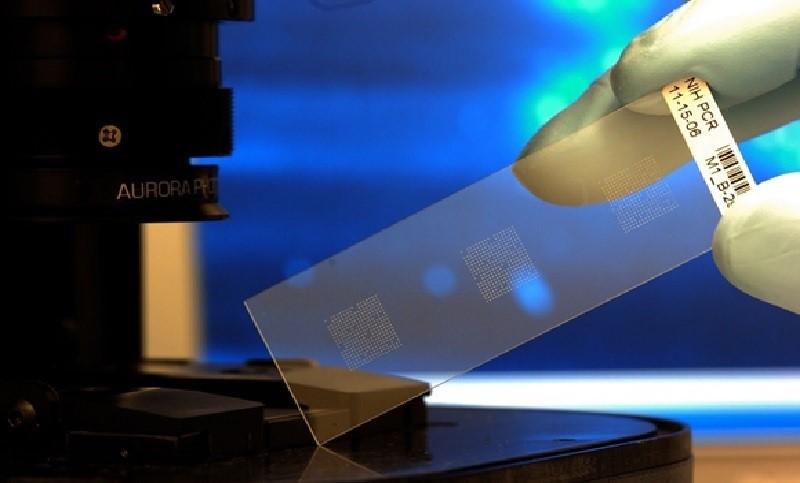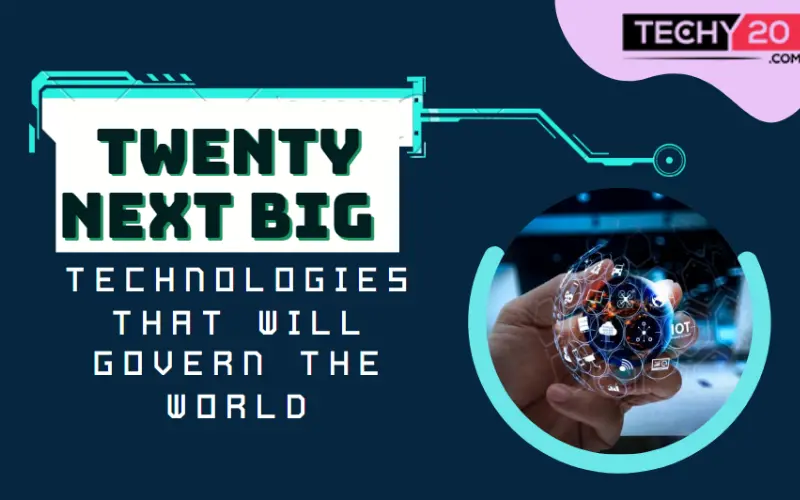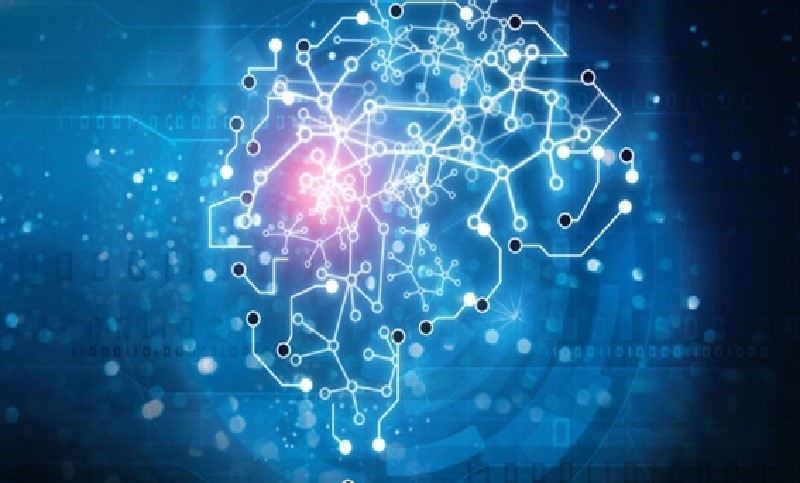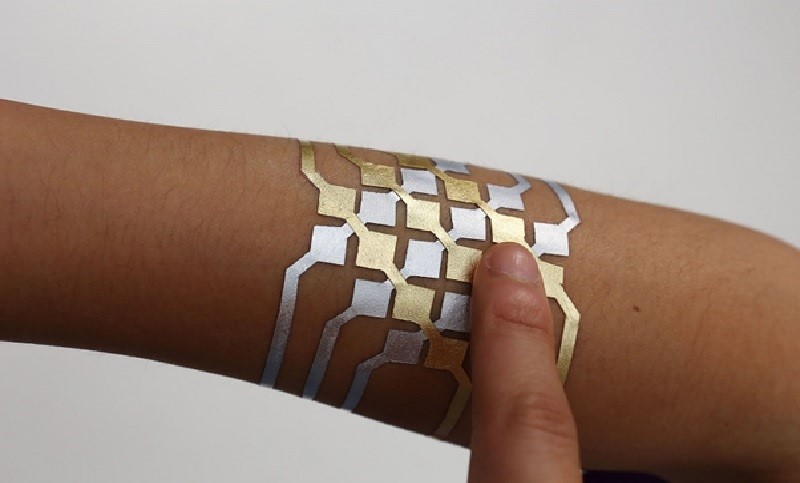realTechnological advancements aim to improve human life, making it simpler and better. Thus we have higher profits with reduced manufacturing and operational costs and good customer experience. Good knowledge of these emerging technologies allows us to invest our time and effort in the best areas, gain the necessary skills, and have the best career opportunities. In this article, we have a list of technologies expected to govern the world in the upcoming years.
1. Blockchain
In simple terms, a blockchain is a computer file for storing data in which data gets distributed across many computers. Blockchain is decentralized. With no single entry point for hackers, the system is secure. Identification involves complex calculations, making identity theft virtually impossible. The complexity and the risky environment involved can be challenging. As blockchain is decentralized, it may face objections from institutions/ governments.

2. Artificial Intelligence
AI-based systems think creatively and critically, like the human mind. The present narrow AI-based systems, like Siri performs more specific tasks. General AI is much broader and adaptable, instilling the capability to think and function like humans. Artificial Super Intelligence exceeds human cognition by a considerable margin in all possible ways.

3. Natural Language Processing (NLP)
A subfield of artificial intelligence (AI), NLP models are so trained that they can understand data in text and audio formats. With the expansion of machine learning technologies, this area can make much progress. This leads to agile applications with improved coding, enabling machines to communicate like humans.
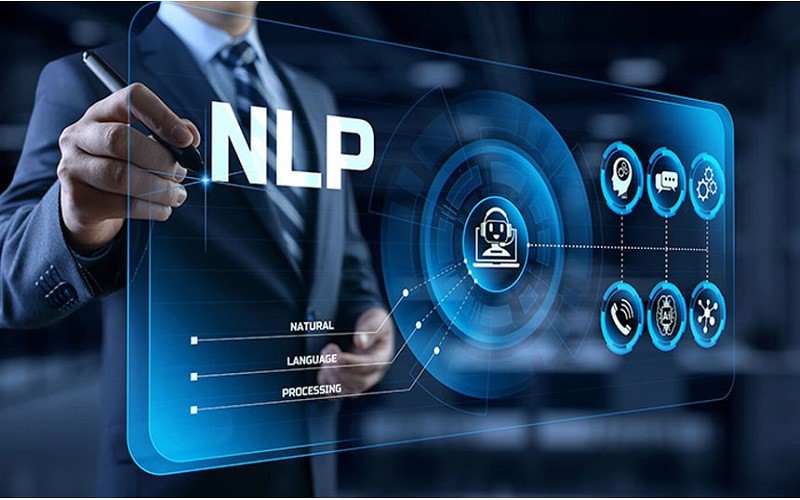
4. Datafication
Datafication transforms most aspects of a business into quantifiable data, allowing it to be tracked, monitored, and analyzed. Datafication also includes collecting customer feedback regarding the product and service quality offered by the company. This technology incorporates AI/MI technologies and many other digital parameters. Data protection is a challenge that may hinder the working of such models.

5. 5G
The 5th generation technology offers improved data capabilities, unhindered call volumes, and reliable signals. 5G technology can also revolutionize virtual interactions. After the launch of 5G, India has climbed about 49 places in the Speedtest Global Index (previously 118). Countries like South Korea are working relentlessly towards developing a 6G network by 2028.

6. Internet of Things
The Internet of Things (IoT) expands the scope of internet connections beyond the usual standard devices. Smartwatches, medical sensors, fitness trackers, etc., are all examples of IoT devices. With the integration of high-definition technology, these devices can communicate or interact over the internet. IoT devices also allow remote management. Security, regulation, and compatibility issues are the challenges faced by IoT.

7. Serverless Computing
With serverless computing, developers can build applications faster as there is no need to manage infrastructure. Here cloud service provider handles the infrastructure required to run the code. The servers still run the code, but infrastructure provisioning and management remain invisible to the developer. Thus the developer can contribute more to the business logic, allowing better optimization of resources and increased productivity.
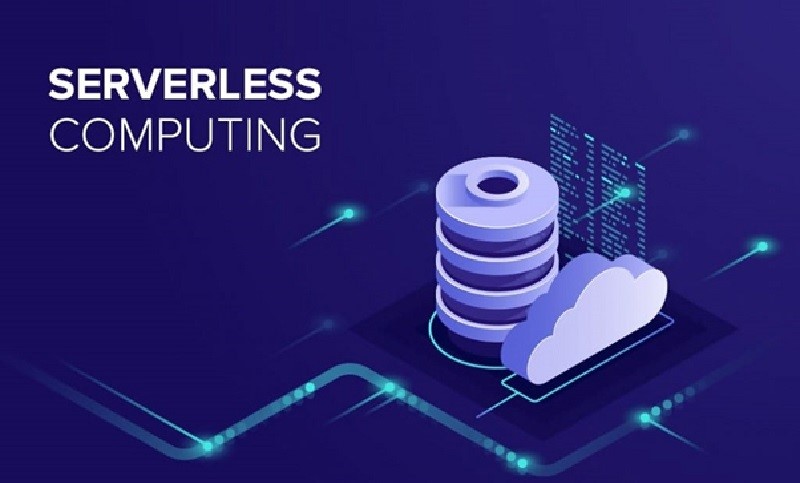
8. Quantum Computing
This emerging technology field uses the laws of quantum mechanics to solve problems too difficult for classical computers. Quantum computing is significant in finance, security, military affairs and intelligence, aerospace designing, artificial intelligence (AI), and many more. There is still scope for improvement in error correction, security, quantum cryptography, etc.
9. Edge Computing
With the massive amount of data produced, storing and using all that data in cloud data centers becomes hard. Companies need to move computation away from data centers towards the edge of the network and exploit smart objects, mobile phones, or network gateways to perform tasks and provide services on behalf of the cloud. Better response times and transfer rates are possible.

10. Internet of Behaviour
The Internet of Behavior (IoB ) incorporates data analysis and behavioral analysis. The methods used are similar to how IoT collects data. IoB opens applications in digital marketing, healthcare, insurance, and government and policy making. We can expect IoB to reach its full potential in the coming years.
11. 3D Printing
3D printing technology is a well matured manufacturing technology. This technology impacts sustainability and eliminates waste by using new materials and atomization processes that are better for the planet. The technology is of more use in the biomedical field, where 3D printing can produce patient-specific implants and devices.

12. Augmented Reality/Virtual Reality
In recent years, the application of augmented reality/virtual reality has increased, mainly in entertainment and video games. In the retail sector, potential shoppers can preview products. This technology can facilitate educational experiences for those with ADHD and visual impairment. In the healthcare sector, this technology provides virtual simulation for surgeries, telehealth services, etc. Challenges are the legal and moral aspects, data security, and health-related aspects like eye health, motion sickness, cyber addiction, etc.
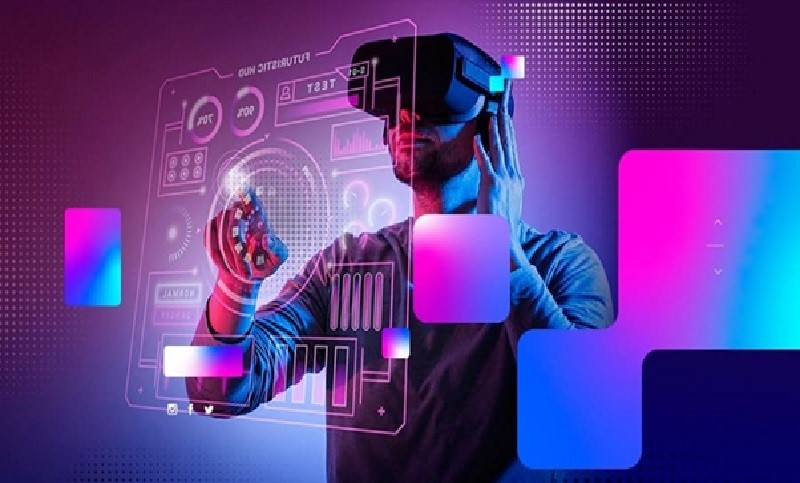
13. Genomic Technologies
Genomic technologies have the identification and diagnosis of genetic factors leading to rare diseases, prenatal diagnosis and testing, personalized medicine, gene therapy, and many more. Challenges are computing power, storing bulk data, conflicting interpretations of benefits, etc., which can be tackled by incorporating some of the earlier-mentioned technologies and are on the path to flourishing.
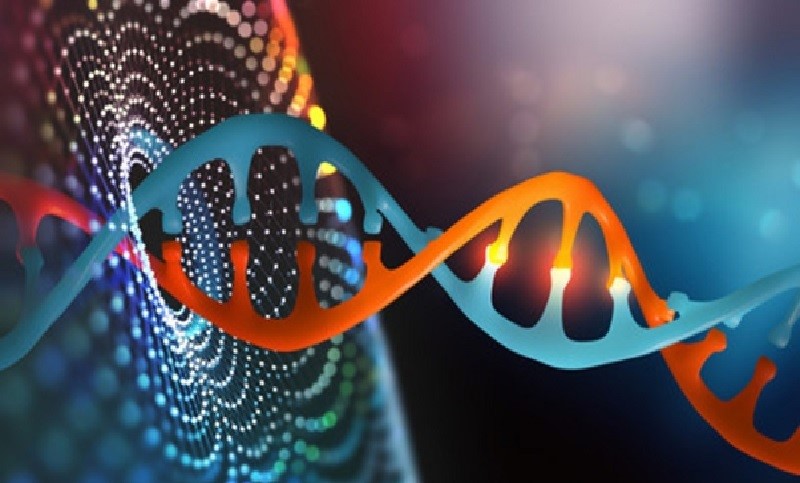
14. Cybersecurity
Cybersecurity has been around for a while but is evolving like most technologies. As long as there is a threat to data and data systems, the relevance of cybersecurity remains. The scope of cybersecurity is further expanding due to the incorporation of AI and Deep Learning, Behavioral Analysis, Blockchain, Zero Trust models, Quantum Computing, etc..

15. Robotic Process Automation
Robotic process automation (RPA) is a software technology for the easy generation, deployment, and management of software robots, allowing the handling of high-volume tasks so that humans can focus more on innovation, collaboration, creation, and interaction with customers. The lack of business and IT alignment, choosing the wrong processes, lack of suitable infrastructure, security issues, etc., are the challenges faced by RPA technology.
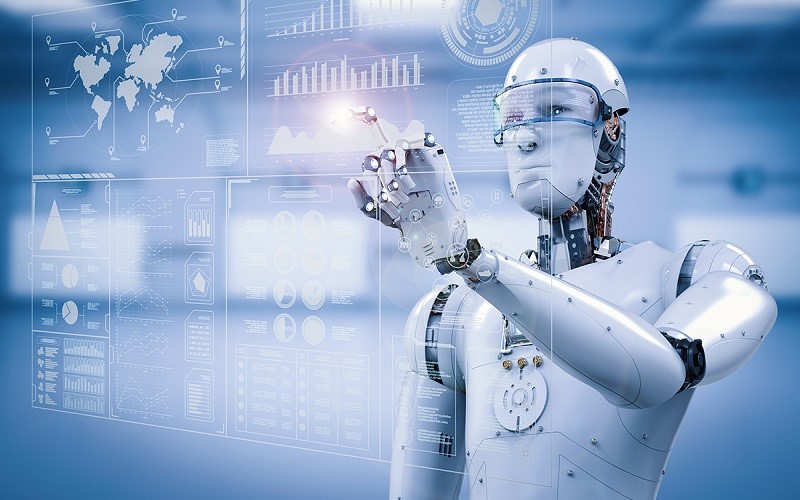
16. Green Technology
Green technology aims to safeguard the environment. This technology has applications in emissions treatment, recycling and waste management, biofuels, wastewater treatment, solar energy, wave and tidal energy, eco vehicles, etc. As you can see, these factors are always relevant, and solving challenges in the area like, storage requirements and capital investment can be what the coming decade can lead to.
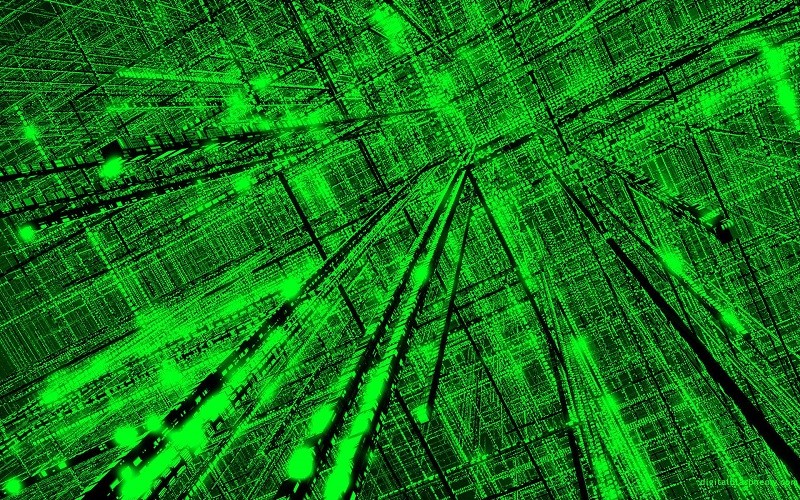
17. Nanorobotics
In nanorobotics, engineering requirements are combined with the scale of nanotechnology to build machines as small as molecules. This emerging field finds applications in many including drug delivery, treating cancer cells, treating genetic disorders, dental procedures, etc. The smaller size of the robot makes it hard to design, and the technology requires mass production strategies.
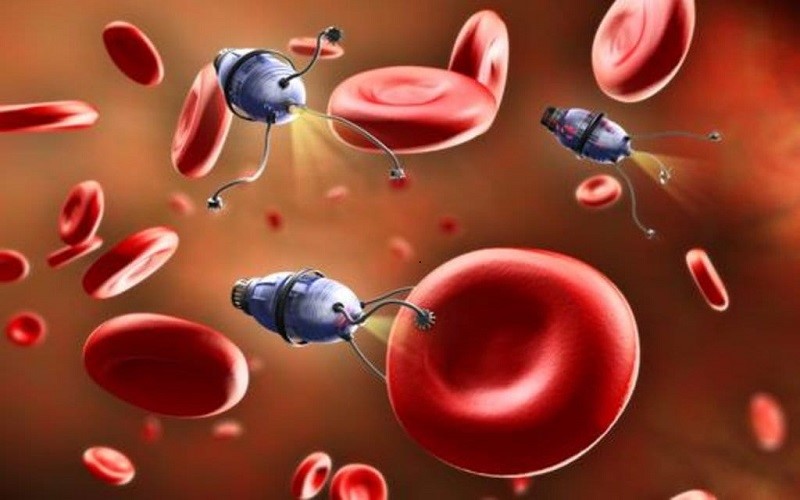
18. Electronic Tattoos
A recent addition to wearable technology is the electronic tattoo. This technology uses a 3D tattoo printed on the skin and has small trackers and sensors to receive and send information via a special ink conducting electricity. The technology has numerous applications for the healthcare industry and several military applications. Electronic tattoo technology will replace smartphones shortly. Privacy concerns and the impermanent nature are the challenges curbing the full implementation of this technology.
19. Meatless Meat
Meatless meat technology intends to replace animal protein with plant-based protein. Meat replacements based on plant ingredients such as soybean, beat roots, and pea protein have evolved. The aim is to create better ways to feed the planet by considering environmental factors. Meatless meat technology also improves human health by tackling the problem of antibiotic resistance caused by meat production.
20. Biochip Technology
In this technology, we have a collection of miniaturized test sites arranged on a solid substrate that allows many tests to be performed simultaneously, thus resulting in higher throughput and speed. The technology can well identify therapeutic candidates during drug delivery. The global biochips market is expecting a three times growth in 2023. The demand is due to the use of these chips in the automobile industry and the improvement in the marketplace fund investment in biochips.
